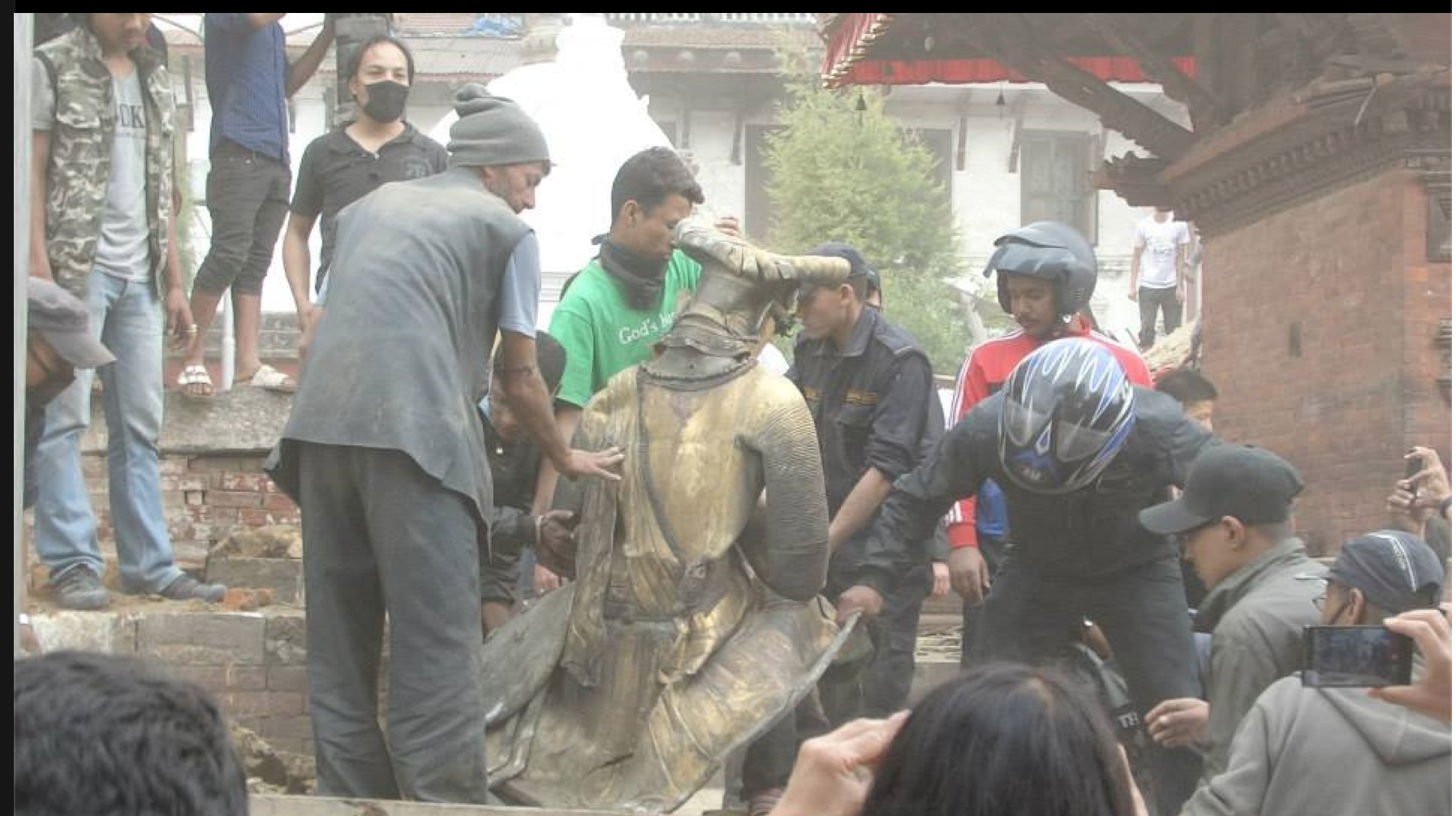SAI "Nepal Earthquake Relief Fund Heidelberg"
Dear Friends and Colleagues
In response to the disastrous earthquake that struck Nepal and the neighboring countries on 25 April, we approach you with the humble request to help and support one of our initiatives. The SAI has just set up a temporary “Nepal Earthquake Relief Fund Heidelberg” for this purpose. We appreciate if you spread the word about our initiative, if you find it convincing.
What is this Relief Fund about?
Based on our longtime experience in Nepal, we want to provide both instant help and help with a long-‐term perspective.
Since the earthquake, there have been numerous aftershocks, and even another earthquake just a few hours ago. People across the country, in the cities and the countryside, lack medical help, there are talks about contaminated groundwater in wells, and the human and cultural aftermaths only surface now, and will over the next weeks and months. Increasingly, some help and expertise reaches the sites of disaster.
Since the 1960s, the South Asia Institute has several research activities spread across different disciplines and themes, among which are earthquakes, urbanization, ritual and textual studies, and history. Our branch office, established in 1987, is based in Sanepa, Patan, a part of Kathmandu, and run by Nadine Plachta, M.A. She is one guarantee for the funds to arrive safely. All our contacts are personal.
1. Support groups in need for instant help
In this light, we realize how important it is to instantly contribute to the relief of
human suffering. One of our friends Pushpa Basnet (CNN 2012 hero), is running a children’s home called ‘early Childhood Development Center’ in Budhanilkantha, Kathmandu. The residential home that was being newly built for the children and teenagers, was badly damaged in the context of the earthquake and right now, the children are put in a plastic greenhouse (photo).

|

|
“ECDC is dedicated to helping the children of imprisoned parents in Nepal, many of whom were living inside the jails alongside their mothers. This is no place for children and we are committed to giving them the shelter and education needed to break the cycle of crime and poverty. ECDC's Butterfly home provides these children a safe and nurturing environment where they can spread their wings to discover a brighter future.” (ECDC website)
Since there are other organisations related to the support of people in need in the earthquake context, who might be in instant need of support, we appeal to your trust that we also take the liberty to donate to such recipients in case we hear of their urgent need. We will try to inform you about this, if you let us know that you would like to know. Our friends and colleagues at the site will ensure the clean and direct transfer of money.
2. Long-term reconstruction work needed
Along with the other royal palace squares in Bhaktapur and Kathmandu, Patan Darbar Square is part of UNESCO world heritage. It is a major attraction for international tourism, a crucial economic motor for the small country. But it is also a nodal point for the local cultural intangible and tangible heritage of the Kathmandu Valley’s rich and long history and religious traditions. Until today, the Patan Darbar Square is less a museum but a place for all, lived, loved and vibrant. People identify with it, it is a space where deities live(d), and humans mingle.
Based on our own research experience in Kathmandu, we are also aware of the importance of tangible and intangible heritage there, not only for tourism but for the ritual, social and cultural life of the local communities. Many conversations we have had in the last hours, with friends who survived, were marked by the relief to have been saved, along with most family members, but also by the worries about the collapsed temples, the deities who are now equally homeless as the humans.
This is why we want to collect money that will directly go towards the reconstruction of Patan Darbar Square, one of the places where the Kathmandu Valley Preservation Trust (KVPT, https://www.kvptnepal.org) whose dedicated and professional team we know since decades is situated.












